
A red-and-white checkered shirt, floating shapelessly in the still water of a bathtub. A pair of brown pants, inside-out, swollen with air bubbles trapped between the fabric and the soapy water. Breakfast mugs, bowls and glasses, pots, pans and cutlery. A man, naked, reading a book, having a cup of coffee, enjoying a moment to himself.
This is George, and this is the chaotic world in which he lives, made of all sorts of paraphernalia collected over the years, piled up in all corners of his North London apartment. Affected by a severe hoarding disorder, George Fowler, 73, has difficulty disposing of the junk he owns, and instead continues adding to his bizarre collections: women’s shoes he purchased at charity stores; a popcorn bucket turned into a wash basin for soapy water. Some of these objects, mostly clothing and flatware, have made their way into his tub, a ritual of purifying that washes them clean after use, prompting them for the next use in the world.
German photographer Corinna Kern has photographed George for about a year. Aiming to “fully understand this condition and learn what it is like to live with it,” Kern attended several hoarding self-support groups and met people affected by the disorder, before encountering George at an eviction resistance. Immediately, she felt that he was the right fit for her project chronicling the condition of people affected by compulsive hoarding. A year later she published George’s World.
“George stood out due to his eccentric personality and his neat outer appearance, most often wearing a suit and perfectly polished shoes,” Kern says. “There was a certain discrepancy between what people might stereotypically expect someone affected by hoarding to look like and George’s appearance.”
Kern photographed George and his home for a year, until the spring of 2014. During the last weeks, she focused on his bathtub, an intimate and transitional space that plays a vital role in George’s life, as part of his domestic routine. As Kern explains, George most probably perceives the bathtub as a practicality, enabling him to keep his clothes, dishes and himself clean in his otherwise cluttered house. “My attention was drawn by the constant changes taking place in his bathtub, often on an hourly basis, while the rest of his house remained under the myriad accumulated clutter.”
Kern recalls an episode when George slept on a makeshift mattress encased in a doorframe, ceding his bed to a friend who was spending several months at his place. On that occasion, the bathroom area became even more important to him, the photographer says, recalling them having lunch and dinner around the tub, a space George dubbed the “sitting room.”
To get a view from above, Kern climbed onto a chair at the bathtub’s edge. Natural light illuminated most of the shots, but a floor lamp or light bulb sometimes hung near the tub.
“George acknowledges his condition and realizes that it is a problem,” Kern says referring to what he sometimes has called an “accumulated illness.” He attributes it both to his “experience of shortages during post-war times” and modern aesthetic culture which encourages mass consumption and collection. He has sought the help of his son and a professional but with no lasting results. Still he doesn’t feel ashamed and by no means has ever tried to keep people out of his place, Kern explains. He never made any resistance being photographed.
Corinna Kern is a photojournalist and documentary photographer based in South Africa. Follow her on Twitter at @Corinna_Kern.
Lucia De Stefani is a writer and contributor at TIME LightBox. Follow her on Twitter and Instagram.
Follow TIME LightBox on Facebook, Twitter and Instagram.
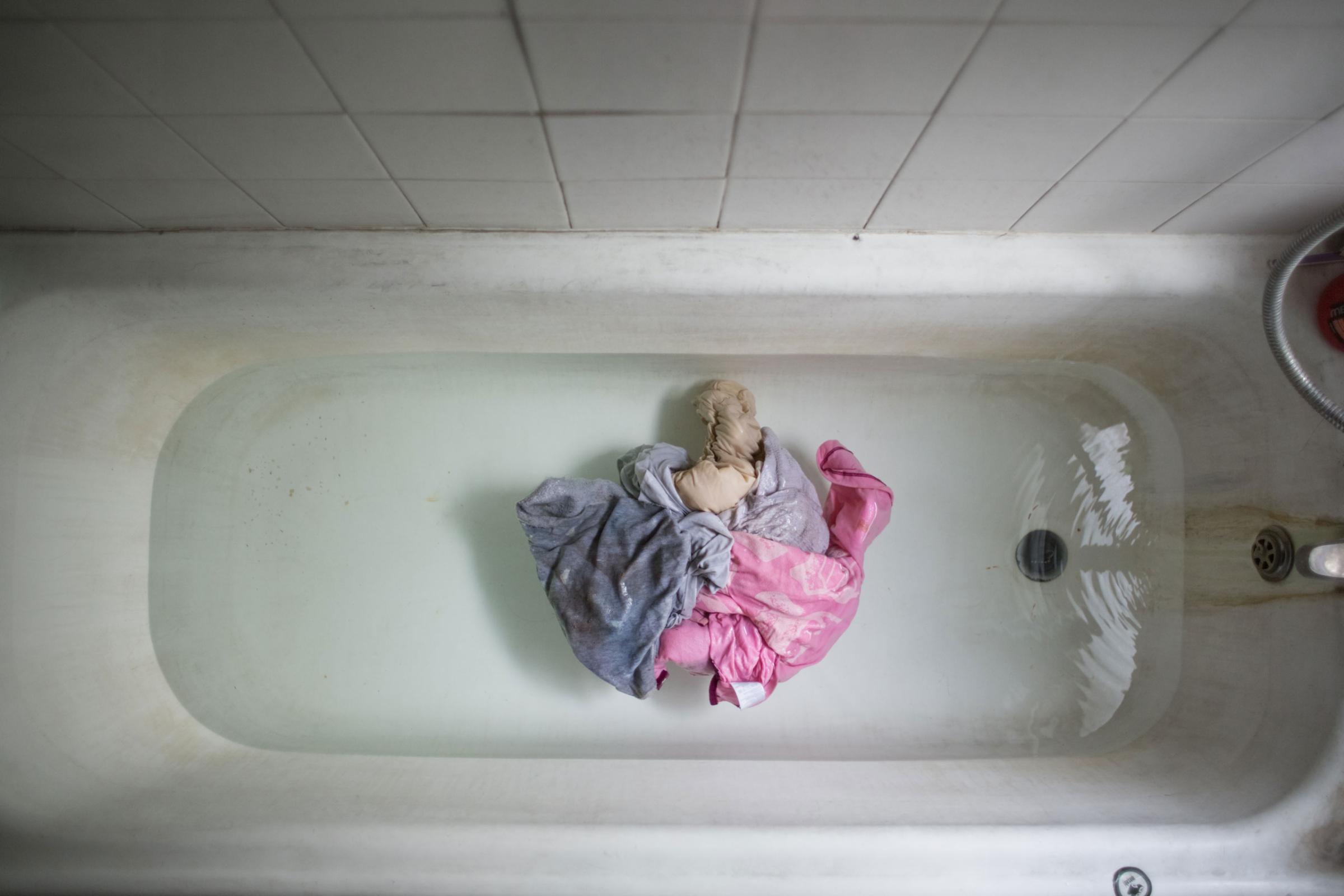
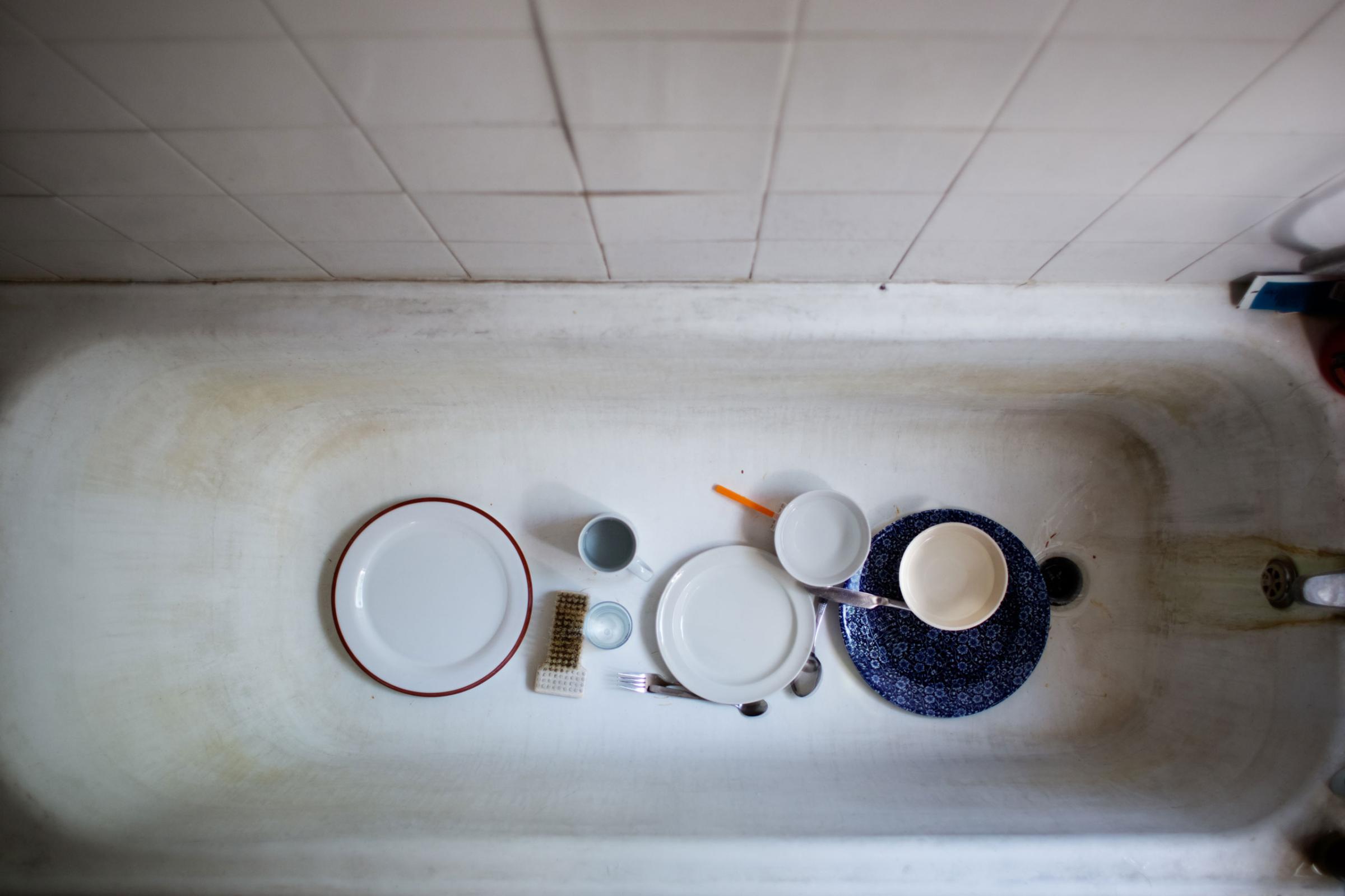


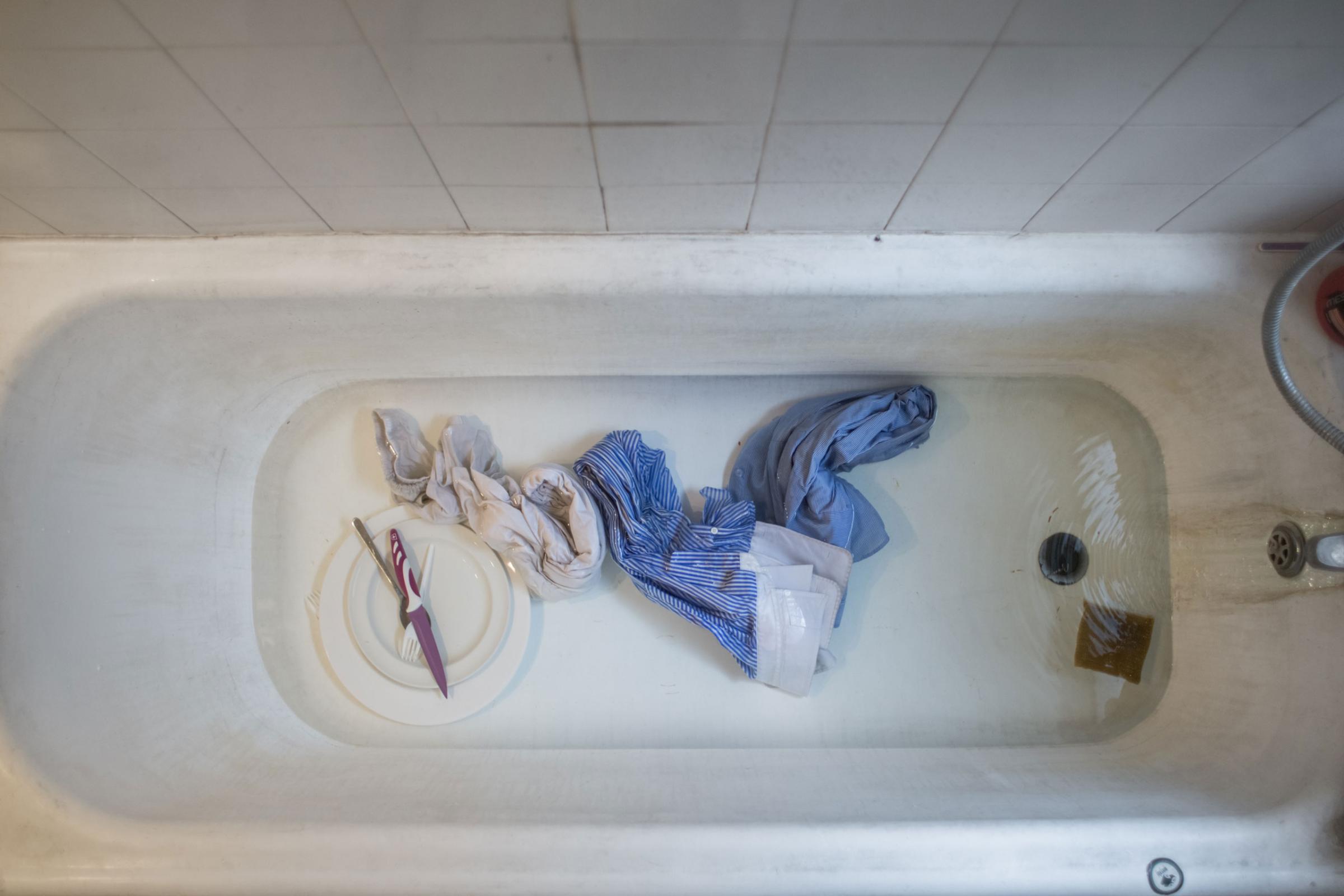
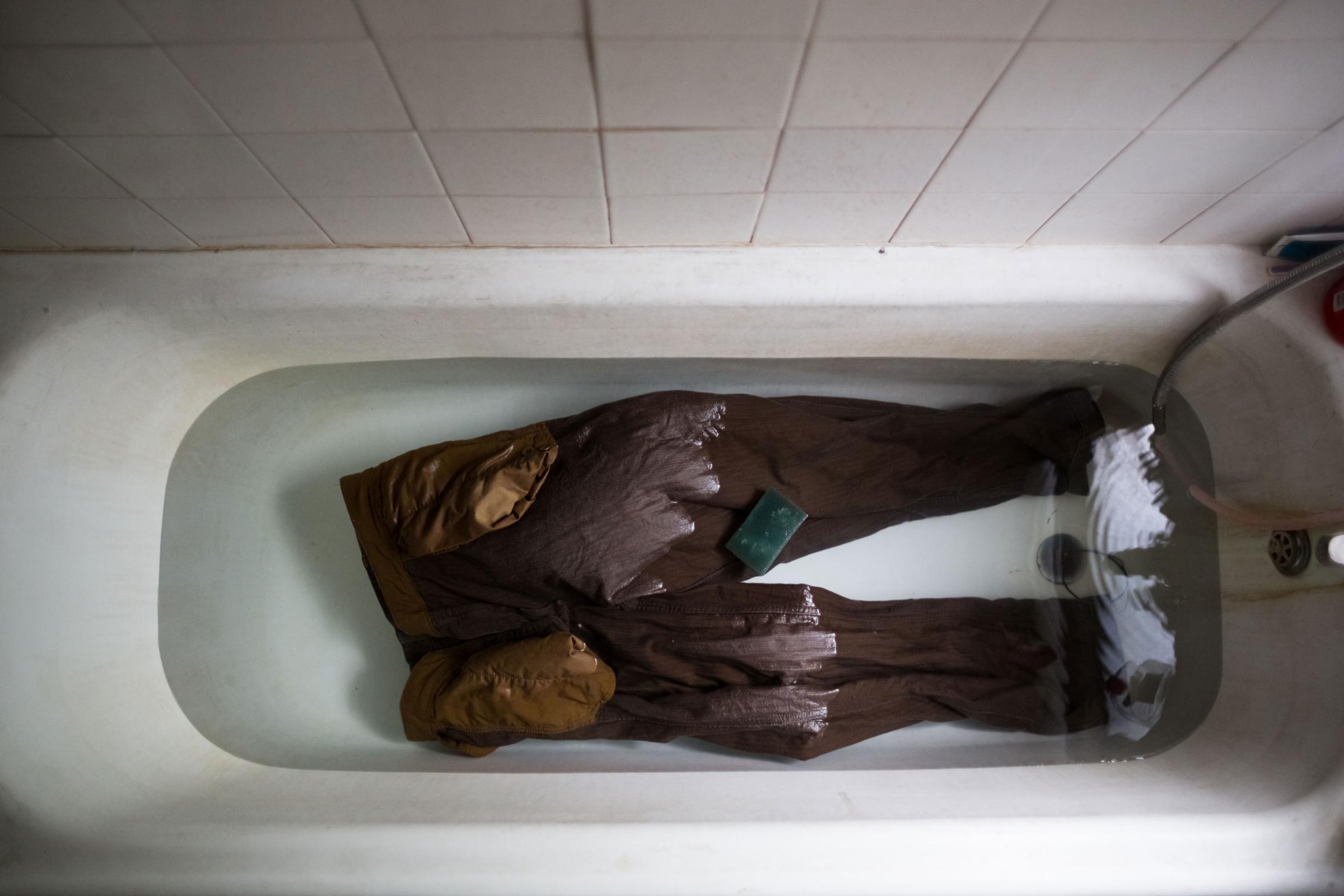
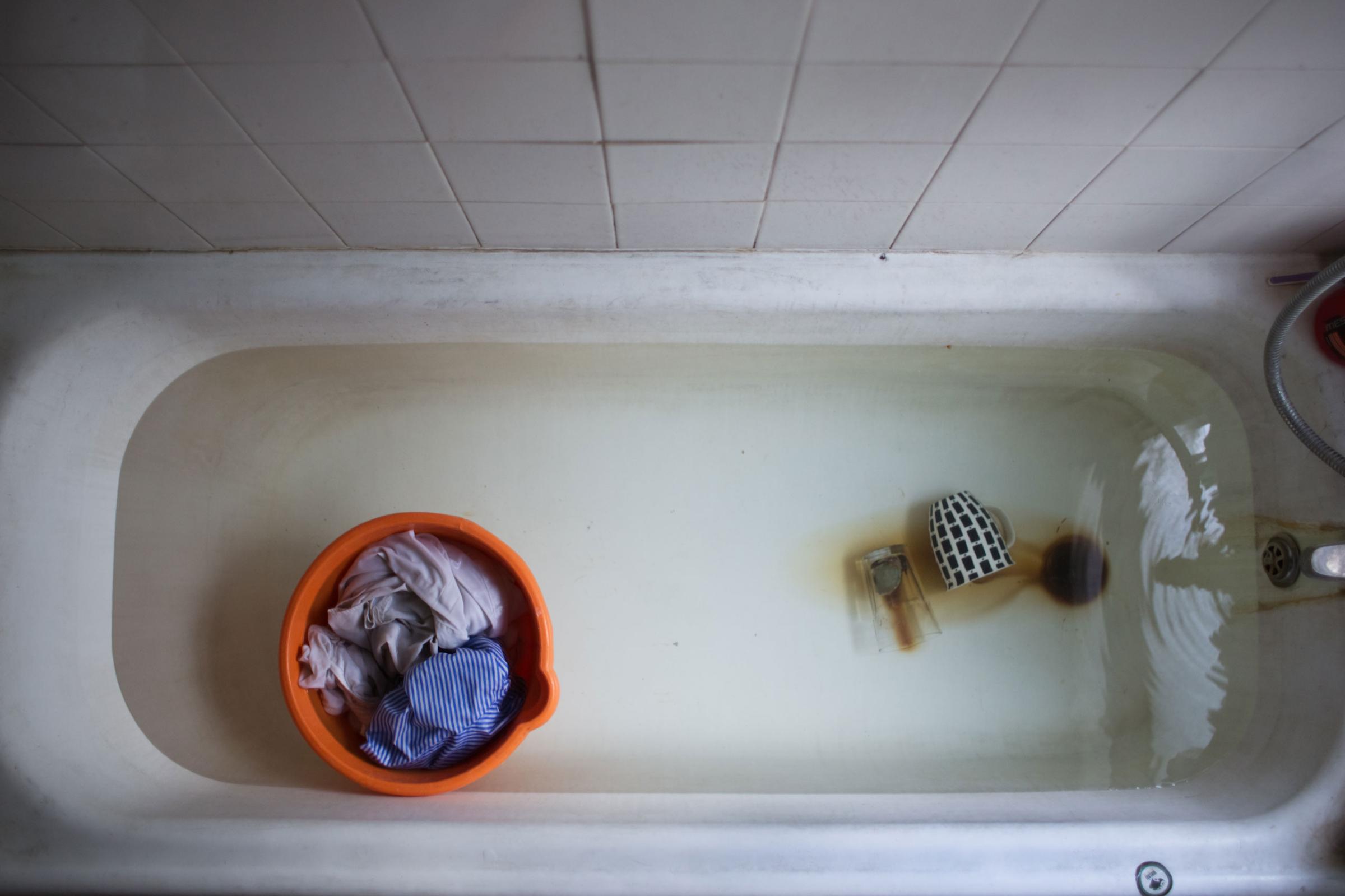
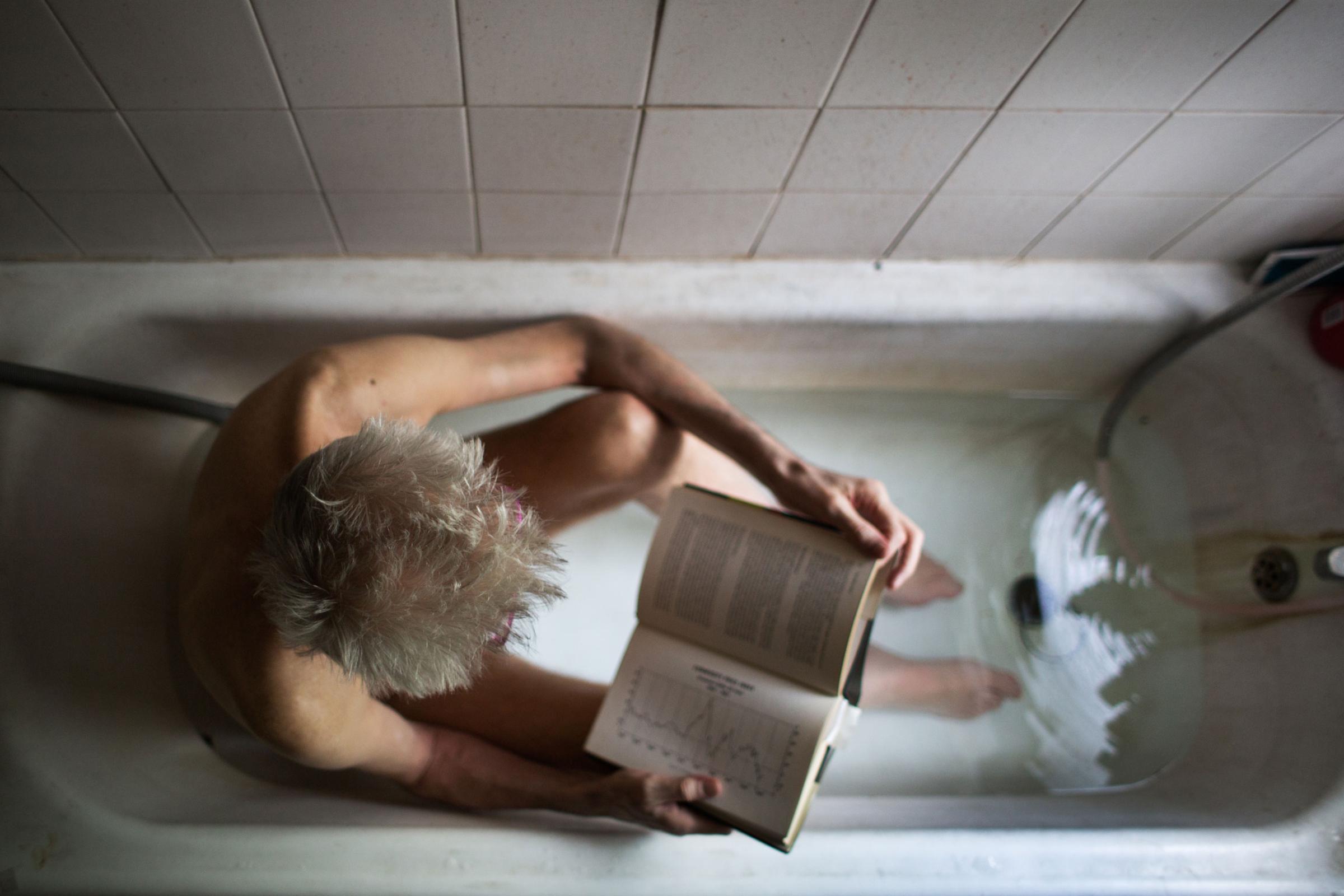
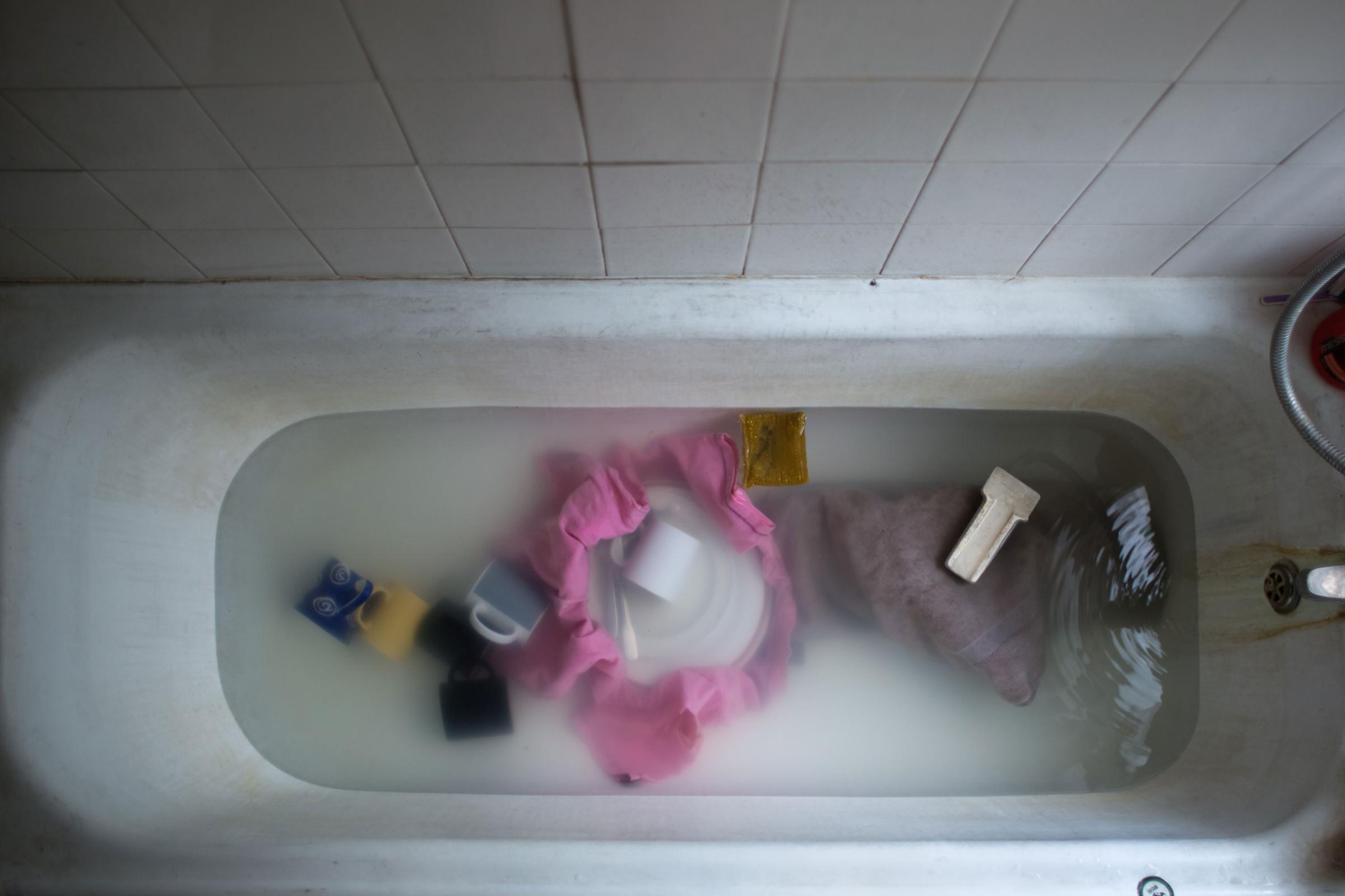

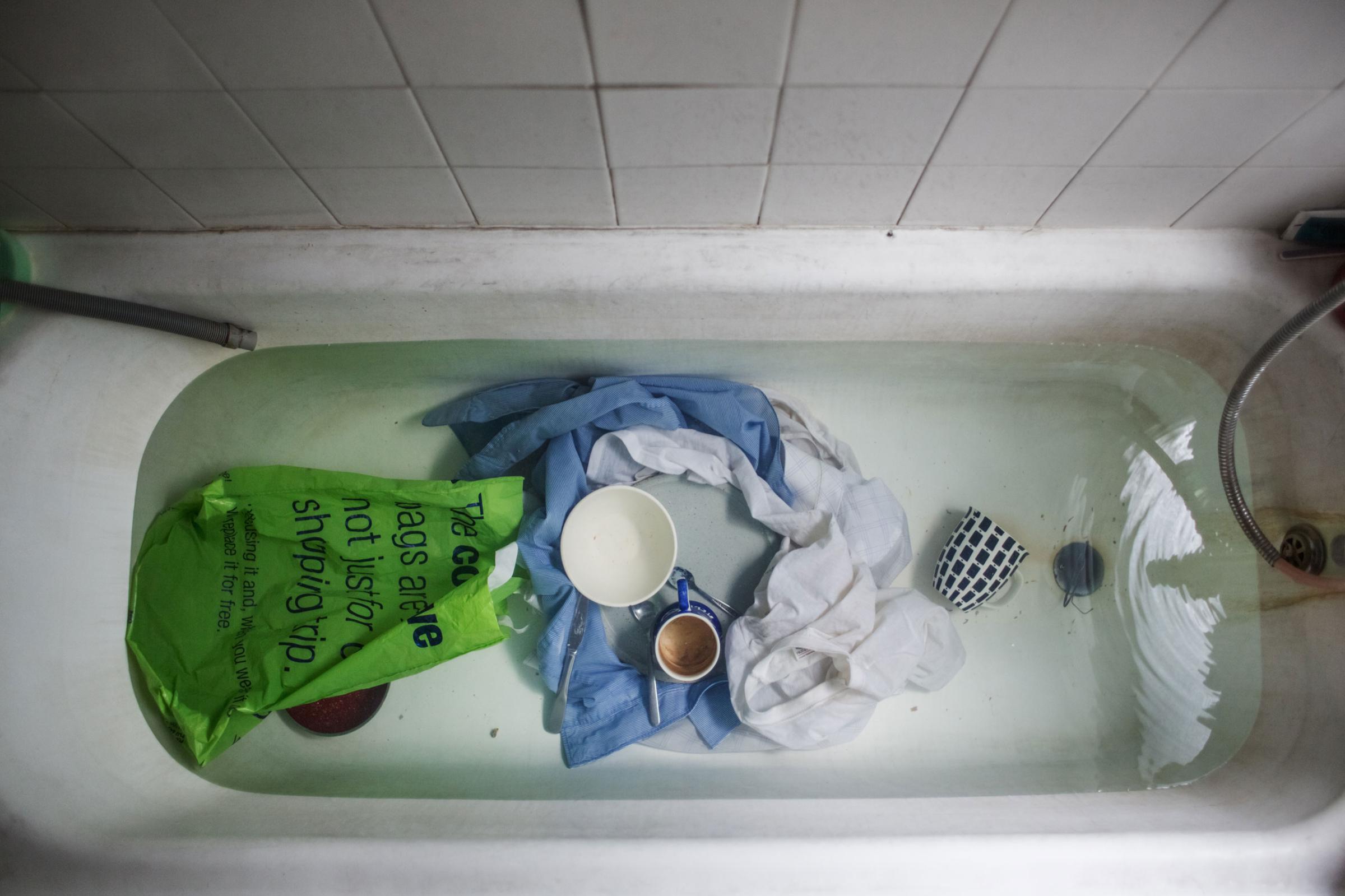

More Must-Reads from TIME
- Why Trump’s Message Worked on Latino Men
- What Trump’s Win Could Mean for Housing
- The 100 Must-Read Books of 2024
- Sleep Doctors Share the 1 Tip That’s Changed Their Lives
- Column: Let’s Bring Back Romance
- What It’s Like to Have Long COVID As a Kid
- FX’s Say Nothing Is the Must-Watch Political Thriller of 2024
- Merle Bombardieri Is Helping People Make the Baby Decision
Contact us at letters@time.com